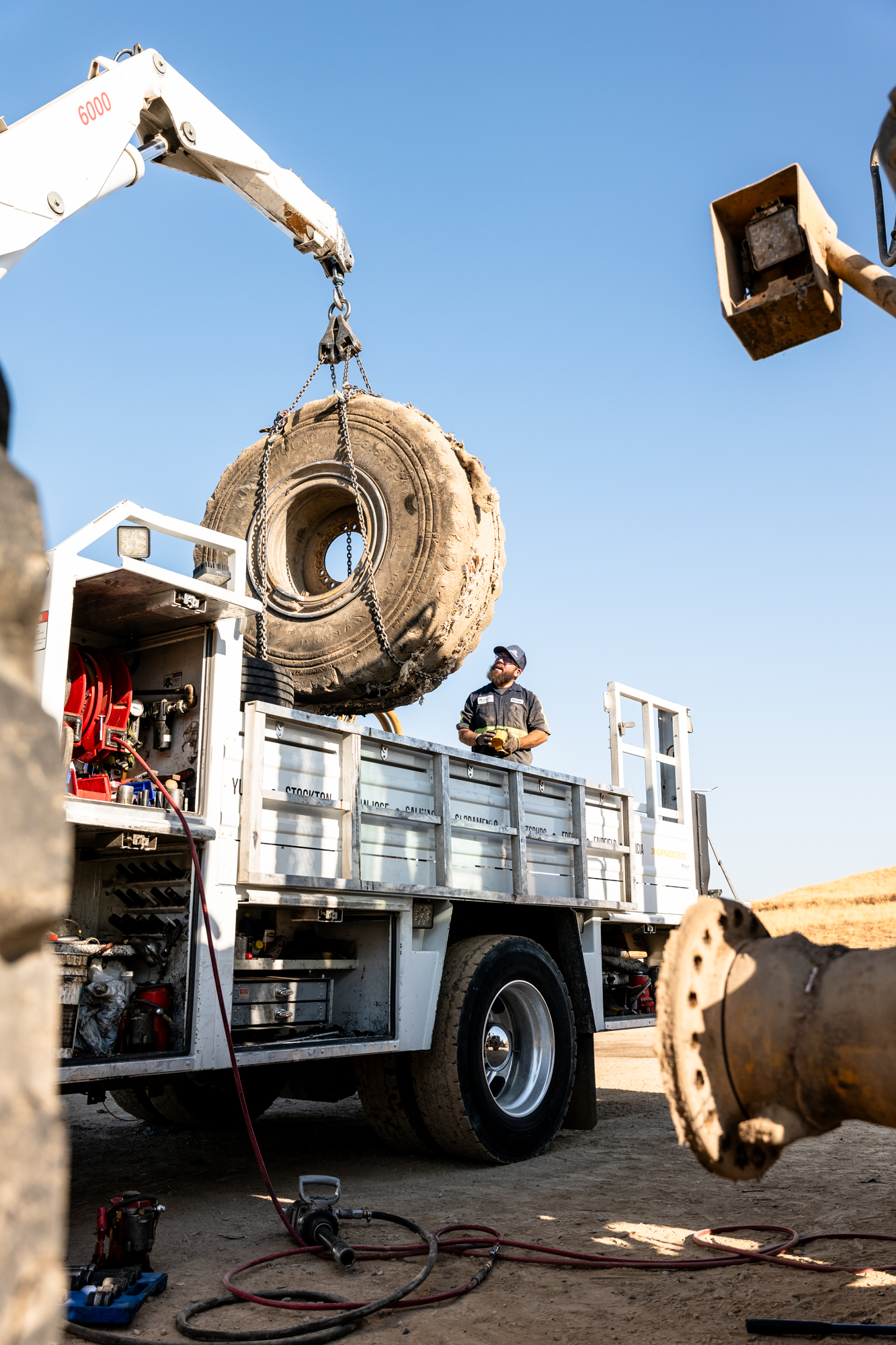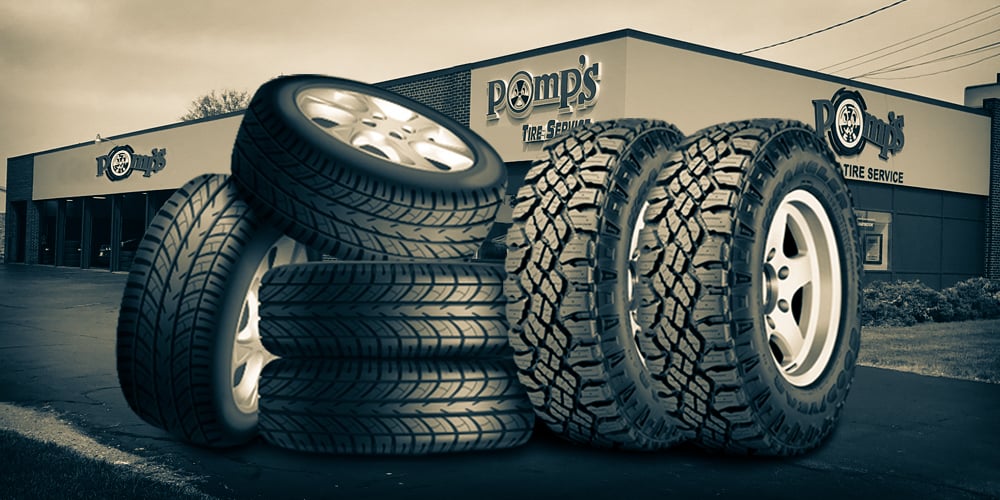Experience Precision with GMC Tire Service at Morris Tires
Experience Precision with GMC Tire Service at Morris Tires
Blog Article
Tire Solution: The Effect of Weather Problems
When it comes to making certain optimum performance and safety and security on the road, understanding the effect of weather conditions on tire service is essential. GMC Tire Service. In this conversation, we will certainly check out the detailed relationship between weather condition problems and tire solution, shedding light on the value of weather-specific tire maintenance methods and factors to consider.
Warmth and Tire Efficiency
When revealed to heats, tires experience adjustments in efficiency that can substantially influence car safety and handling. The warm generated from prolonged driving or hot weather condition problems creates the tire rubber to soften, leading to decreased walk life and boosted wear. As the rubber comes to be softer, the tire's grasp when driving decreases, affecting braking distances and general traction. In extreme instances, too much heat can also create tire blowouts, presenting an extreme safety risk to the car and its occupants.

Winter Impacts
Winter problems can have a substantial effect on tire efficiency and safety. As temperatures decline, tire rubber can solidify, bring about reduced traction on icy or snow-covered roads. In cold weather, tires might likewise shed air pressure extra rapidly, which can influence taking care of and fuel performance. Additionally, chilly temperatures can trigger tire sidewalls to stiffen, boosting the threat of damage from gaps or other roadway risks.
To minimize the effects of winter on tires, it is essential to regularly inspect tire pressure and inflate them to the manufacturer's recommended degrees. Making use of winter season or all-season tires created for winter problems can additionally boost traction and grip on icy or snowy roads. Correct tire upkeep, consisting of normal examinations for wear and damages, becomes a lot more important throughout colder months to ensure optimum performance and security.
Rainy Issues Impact
Tires with worn-out footsteps are a lot more vulnerable to hydroplaning, where a layer of water develops up between the roadway and the tire surface area, leading to loss of traction. To fight this, chauffeurs must consistently evaluate their tires for sufficient tread depth and take into consideration spending in tires specifically made for damp problems.
Furthermore, rainy weather condition can likewise lower exposure, making it testing for motorists to see the road ahead plainly (GMC Tire Service). In such problems, it is necessary to adjust driving rates appropriately and keep a safe complying with range to enable abrupt stops. Properly filled with air tires can additionally aid in maintaining control on damp roads by providing far better handling and grasp
Snow and Tire Security
Snow-covered roads pose unique obstacles for motorists, highlighting the importance of correct tire option and upkeep. When driving in snowy conditions, having the best tires can make a substantial difference in security and performance. Winter season tires are created with special rubber substances and step patterns to offer better grip on snow and ice compared to all-season tires. The deeper treads and sipes of winter season tires help hold the road better, reducing the risk of slipping and moving.

It is vital to follow producer directions when making use of and installing tire chains to stop damage to the tires and car. By choosing the best tires, keeping proper inflation, and taking into consideration extra anchor grip aids like tire chains, vehicle drivers can improve their safety when browsing snow-covered roads.
Weather-Related Tire Upkeep
Weather-related tire upkeep includes a range of methods aimed at making sure optimum tire feature and long life in different climate situations. One essential element of weather-related tire maintenance is tire stress law. Inspecting tire step frequently and changing tires when step wear reaches a particular deepness is crucial for maintaining traction over here and security in adverse climate.
Conclusion
In final thought, weather condition conditions have a substantial influence on tire performance and safety and security. From warmth affecting tire pressure and wear to chilly weather condition decreasing traction, it is vital to consider the weather condition when preserving and using tires.
In this conversation, we will discover the complex connection in between climate problems and tire solution, dropping light on the value of weather-specific tire visit maintenance techniques and factors to consider.

Report this page